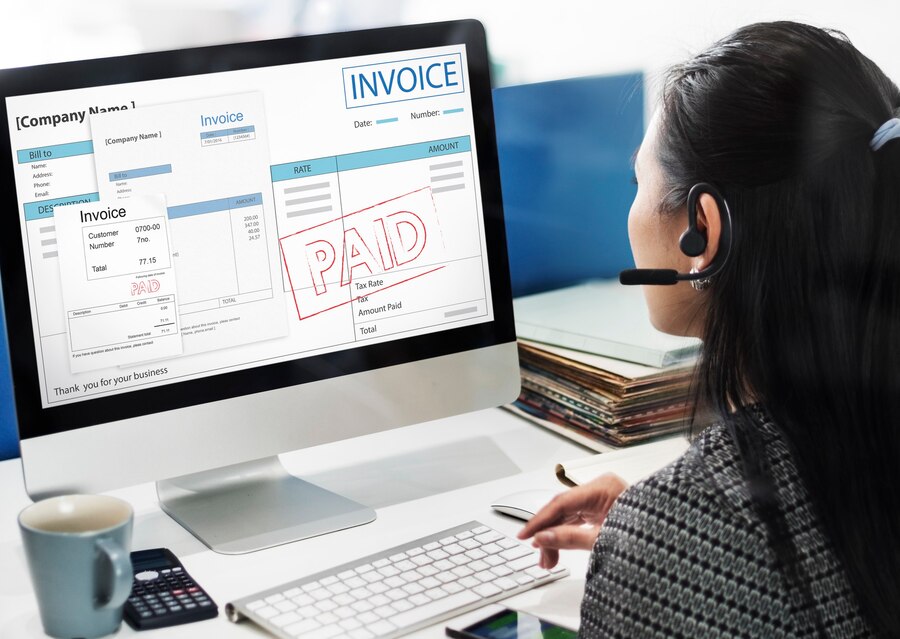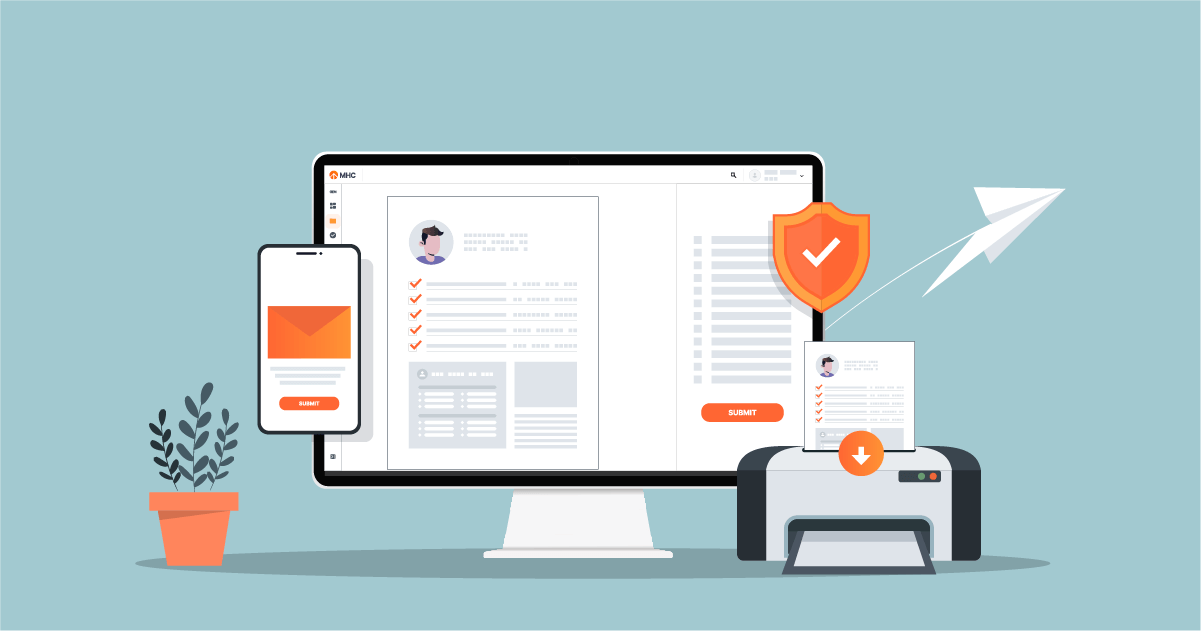Introduction
In today’s rapidly evolving business landscape, payroll management software has become the backbone of organizational efficiency. Modern payroll HRMS software solutions are transforming how companies manage compensation, benefits, and compliance – moving beyond simple payroll processing to become strategic workforce management tools.
This comprehensive guide explores:
✔ The evolution from basic payroll to integrated HRMS platforms
✔ Must-have features in modern payroll solutions
✔ How AI and automation are revolutionizing payroll
✔ Implementation best practices for seamless adoption
✔ Future trends shaping the payroll technology landscape
What is Payroll Management Software?
Payroll management software refers to specialized systems designed to automate and streamline the entire payroll process. These solutions handle:
Core Payroll Functions
✅ Salary calculations and disbursements
✅ Tax deductions and compliance filings
✅ Bonus and incentive management
✅ Leave and attendance integration
✅ Statutory reporting
The Shift to Payroll HRMS Software
Modern payroll HRMS software represents the next evolution – combining payroll with comprehensive human resource management:
✔ Unified employee database
✔ Talent management integration
✔ Advanced analytics and reporting
✔ Employee self-service portals
✔ Mobile accessibility
Key Features of Modern Payroll HRMS Software
1. Automated Payroll Processing
- One-click payroll runs
- Auto-calculations for taxes and deductions
- Multiple payment method support
2. Compliance Management
- Automatic tax table updates
- Regulatory reporting templates
- Audit trails for all changes
3. Employee Self-Service
- Digital payslips
- Tax document access
- Benefits enrollment
4. Advanced Analytics
- Labor cost analysis
- Departmental spending trends
- Predictive budgeting
5. Integration Capabilities
- Accounting software connectivity
- Time and attendance systems
- Banking and payment platforms
Benefits of Upgrading to Payroll HRMS Software
| Benefit | Impact |
|---|---|
| Time Savings | Reduces payroll processing time by 60-80% |
| Error Reduction | Eliminates 90% of manual calculation mistakes |
| Compliance Assurance | 100% accurate tax filings and reporting |
| Employee Satisfaction | 24/7 access to payroll information |
| Strategic Insights | Data-driven workforce decision making |
Implementation Roadmap
Phase 1: Assessment (2-3 Weeks)
- Process mapping and gap analysis
- Data cleansing and preparation
- Compliance requirement documentation
Phase 2: Selection (3-4 Weeks)
- Vendor evaluations and demos
- Total cost of ownership analysis
- Reference checks
Phase 3: Deployment (6-8 Weeks)
- System configuration
- Data migration
- User acceptance testing
Phase 4: Optimization (Ongoing)
- Advanced feature rollout
- Continuous training
- Process refinement
Future Trends in Payroll Technology
1. AI-Powered Payroll
- Predictive payroll forecasting
- Automated anomaly detection
- Intelligent audit capabilities
2. Blockchain Applications
- Smart contract payments
- Immutable payroll records
- Enhanced data security
3. Voice-Activated HR
- Voice queries for payroll information
- Hands-free system navigation
4. Personalized Pay Options
- On-demand pay access
- Customizable earnings statements
- Tailored benefits packages
Conclusion
Modern payroll HRMS software represents a strategic investment that goes far beyond basic payroll processing. By implementing a comprehensive solution, organizations can:
✓ Achieve unprecedented operational efficiency
✓ Ensure bulletproof compliance
✓ Enhance employee experiences
✓ Gain valuable workforce insights
As payroll technology continues to evolve, early adopters will gain significant competitive advantages in talent management and organizational performance.
FAQs About Payroll Management Software
1. What’s the difference between payroll software and HRMS?
Basic payroll software handles compensation processing, while HRMS solutions integrate payroll with complete human resource management including recruitment, performance, and learning.
2. How much does payroll HRMS software typically cost?
Pricing ranges from $5-20 per employee per month depending on features and organization size.
3. Can payroll software handle complex compensation structures?
Yes, modern solutions support multiple pay rates, bonuses, commissions, and special allowances.
4. How long does implementation typically take?
Most deployments require 8-12 weeks from selection to go-live.
5. Is cloud-based payroll software secure?
Leading providers use bank-grade encryption, regular security audits, and comply with global data protection standards.





